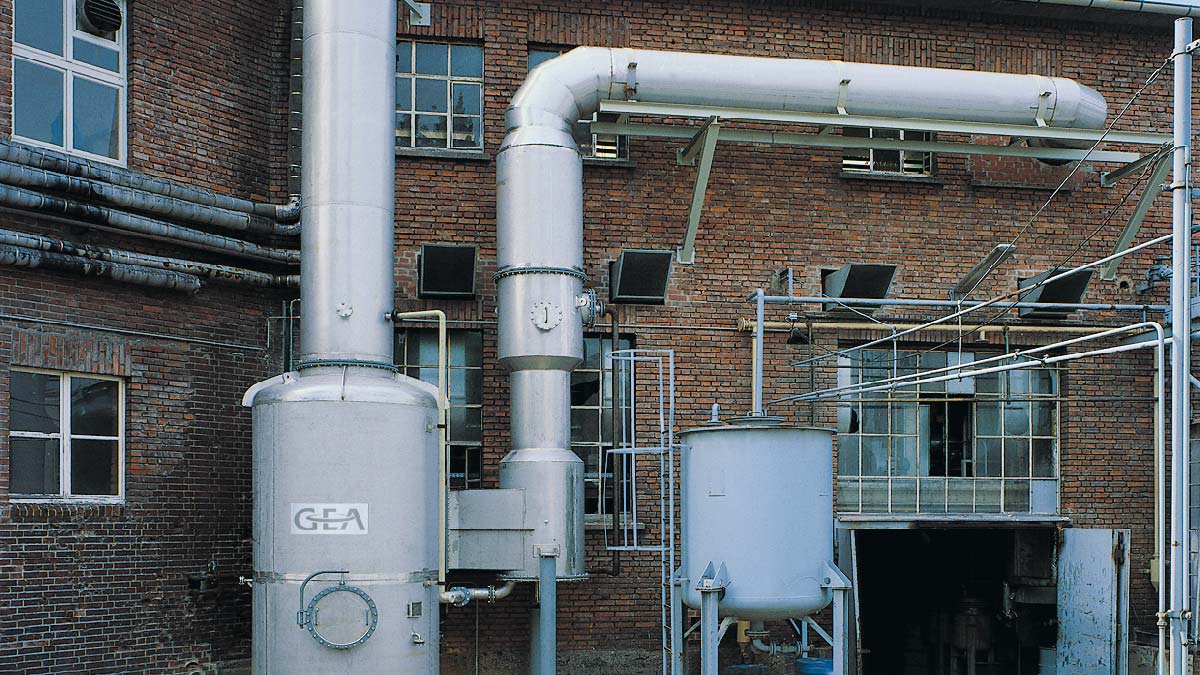Scrubbers
Venturi scrubber
High performance separators for fine dusts and aerosols, available in different scales.
With GEA’s Venturi Scrubbers you benefit from a high separation efficiency that relies on the high relative velocity between the gas and the scrubbing liquid in the Venturi throat. Their main field of application is the treatment of gas containing very fine particulate matter or droplets, like aerosols, to meet the ever more demanding emission limit regulations.
The Venturi Scrubber is particularly apt for use with fluctuating gas streams: The free cross-sectional area for the gas flow is continuously adjusted during operation to allow for a steady and reliable performance.
In addition to standard design, GEA provides you with customized solutions that cope with gas quenching and treatment of gaseous pollutants in the gas. This is done by an adaptable nozzle arrangement and the appropriate choice of scrubbing liquid, respectively. Moreover, there are various arrangements available to fit with your individual spatial and process requirements.
Depending on the application, GEA delivers two types of Venturi scrubbers: The small to mid-scale scrubber is mainly used in the chemical industry whereas the large-scale Venturi scrubber is predominantly in use in the iron & steel and non-ferrous industry. Typical gas volume flow rates range from 1 to 300 000 m³/h.
Particular features
- Suitable for both particulate matter and aerosol separation
- customizable for a wide range of applications, e.g. quenching and absorption
- High level of operational reliability and safety, also with fluctuating gas streams
- Virtually no idle time during start-up
- Low maintenance requirements owing to the robust and proven design
- Available in nearly all materials for improved chemical and thermal resistance
Mid-Scale
Mid-Scale Venturi Scrubbers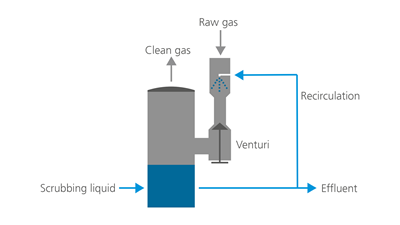
Venturi Scrubbers are particularly well-suited for separating aerosols and fine dust from gas flows. They are the right choice for particle sizes from approximately 0.7 µm upwards.
The particles are separated by impaction on the washing media droplet in the venturi throat. The particle separation efficiency is influenced by the liquid spray density and the relative velocity between the particles and the gas/washing liquid mixture. The latter is achieved by forcing the mixture through a constriction within the equipment (= the Venturi throat).
To allow variable inlet flows we have developed a Venturi scrubber type equipped with a regulating cone in the Venturi throat. The control range lies between 20% and 100% load, with the same high separation rate.
The injection of the scrubbing medium is done by either a central liquid spray nozzle or by manifold nozzles arranged in the Venturi wall. The spray density can be improved by using e.g. steam driven dual fuel nozzles.
The Venturi scrubber cause pressure loss in the gas stream. At ambient pressure the typical range of pressure drop is 25 to 80 mbar. These values can differ depending on the overall pressure and the particle properties.
Large Scale
Large Scale Venturi ScrubbersThe large scale Venturi Scrubbers are the best option when high separation capacities of large flow rates of dust laden gases are needed.
The scrubbing liquid is injected through several nozzles in the inlet cone preceding the venturi throat. The scrubber may be mounted vertically, inclined or horizontally.
For cooling, gas conditioning and pre-dedusting, the scrubber is operated with a pressure drop of only a few mbar. The small pressure drop is obtained by approximately matching the velocity of the injected scrubbing liquid to that of the gas in the venturi throat. During deceleration in the diffusor, the relatively higher mass of the scrubbing liquid causes a further increase in the gas pressure.
Depending on the volume of liquid injected, much energy may be transferred to the gas; this not only avoids a pressure drop in the scrubber but generates an increase in the gas pressure. In contrast, when operating this type of scrubber with a large pressure drop, the gas/dust mixture enters the scrubbing zone at a higher velocity that the scrubbing liquid. Hence, the liquid droplets are accelerated by the gas stream causing a pressure drop. As speed rises, increasing turbulence is simultaneously induced in the scrubber, bringing intensive mixing of the scrubbing liquid droplets and the raw gas, this being a prerequisite for high collection efficiencies. Therefore, the higher the gas velocity in the venturi throat, the larger the pressure drop.
The gas/droplet mixture is divided in a centrifugal separator which is arranged downstream.
Downloads
Related Products

Annular gap scrubber
Seeking to provide a flexible unit, capable of mastering manifold industrial off-gas problems, resulted, in 1950, in the development of an adjustable annular gap scrubber which today ranks among the outstanding high-efficiency scrubbers. As far as grain size of solid and liquid dust particles and concentration of gaseous components in a gas mixtu...
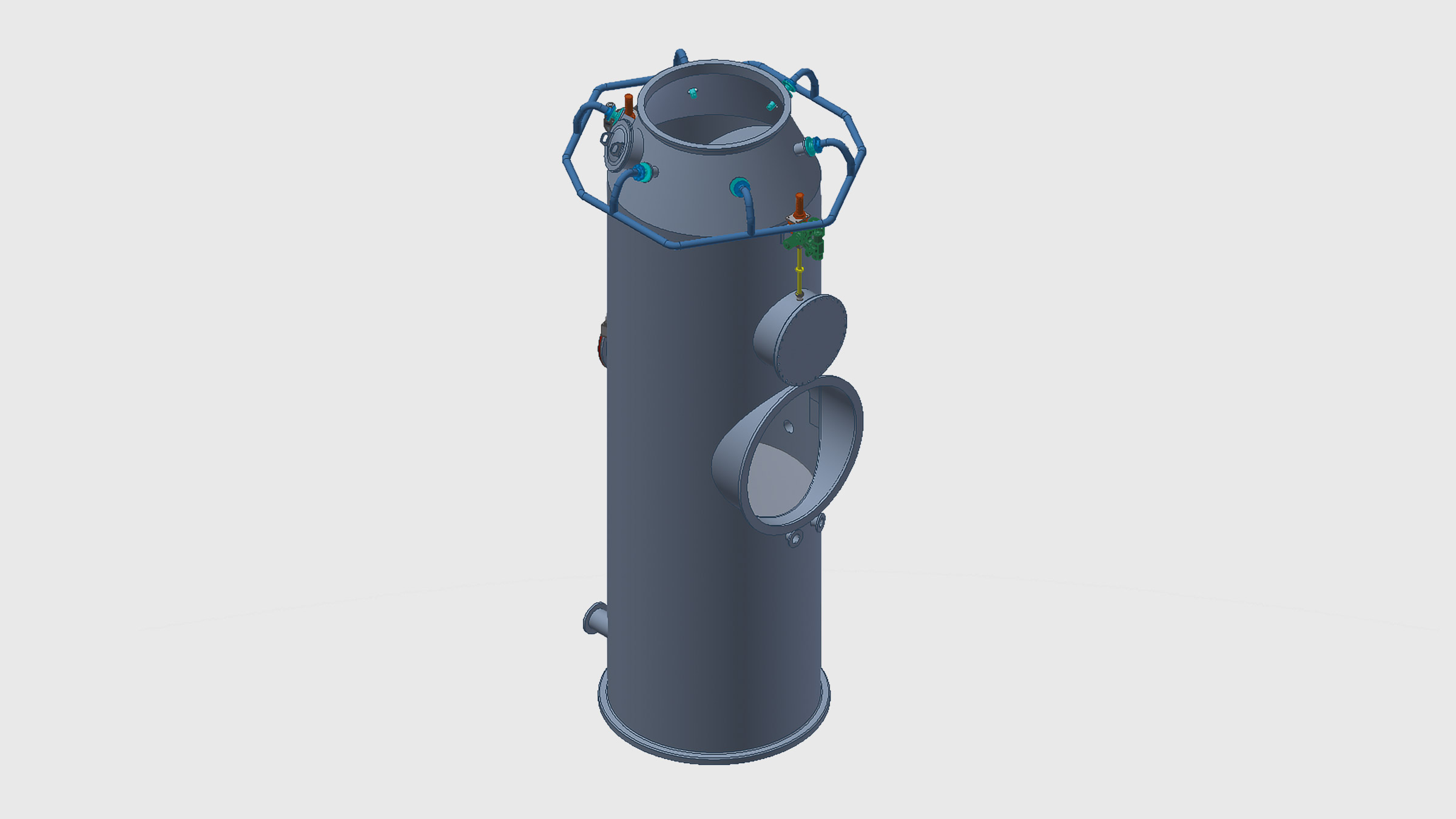
Linear flow scrubber
Next generation scrubber for more than the non-ferrous metallurgical industry. Used for dust and particulate removal in saturated waste gases, Linear Flow Scrubbers offer increased energy savings and efficiency thanks to their high adaptability, adjustability capacity to steadily scrub at fluctuating gas flow rates.
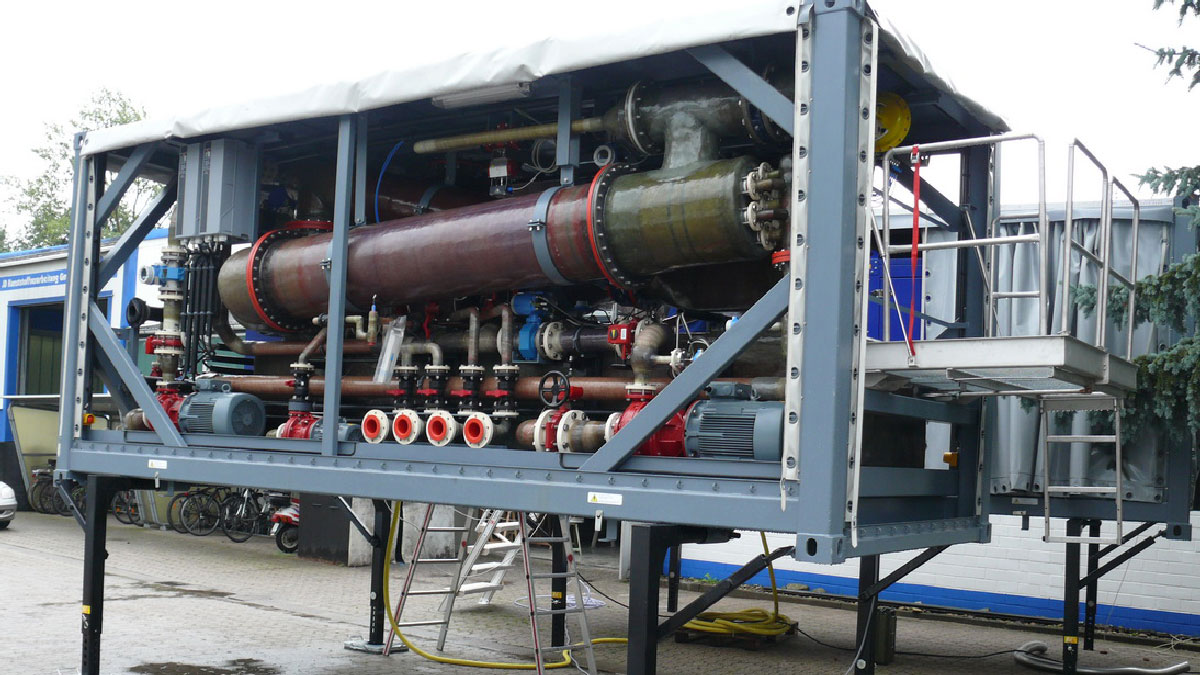
Jet scrubber
Vertical or sloped standing tube with vertical gas inlet and propelling nozzles arranged concentrically in the tube above the side gas inlet.
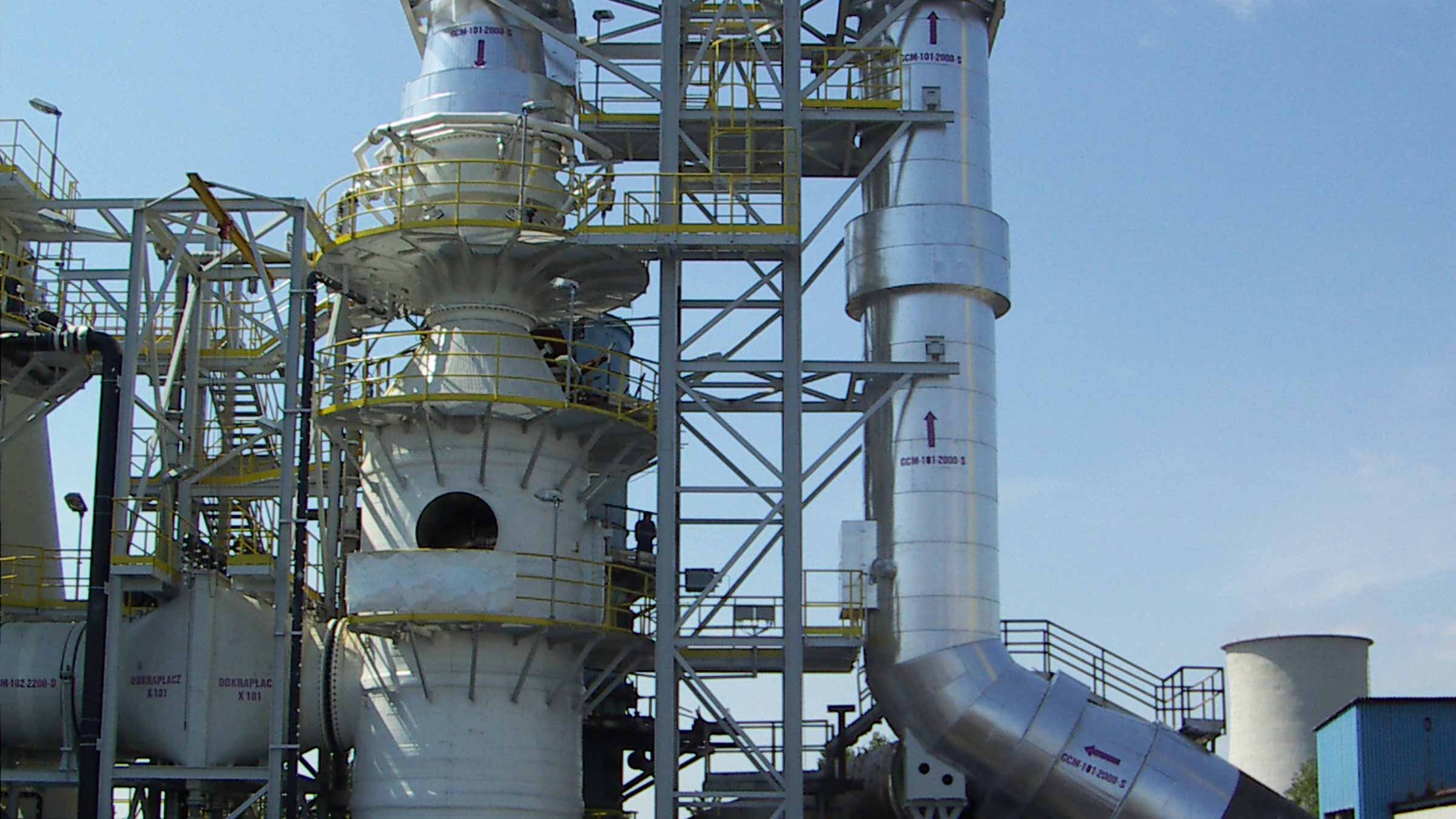
Radial flow scrubber
Adjustable flow scrubbers with high collecting efficiencies achievement even when working with critical substances. Mainly used for either gas cooling (to reduce the temperature by water evaporation) or gas cleaning (to condense aerosols and remove solid impurities).
GEA Insights India
All pharmaceutical freeze-drying vials are the same! Aren't they?
Whether it’s a fad or the future, 100% vial traceability is becoming an increasingly important consideration in the pharmaceutical freeze drying industry. Keeping a close eye on developments is GEA. We’re investigating possible solutions and, what’s more, we have the experience, expertise and know-how to implement them.
Alcohol-free beer: They want it all – they want less
There was a time when the phrases ‘non-alcoholic beer’ and ‘tastes good’ were seldom used together in the same sentence, particularly by consumers. But low-proof and alcohol-free beers have come a long way – many of them now refreshing drinks in their own right – thanks in no small part to technology from GEA.
Innovating patient care with aseptic spray drying
At GEA, our commitment to engineering for a better world fuels our pursuit of innovative solutions that enhance patient care and safety. One of our most promising ventures in recent years is aseptic spray drying – a technology that promises to revolutionize pharmaceutical manufacturing.
